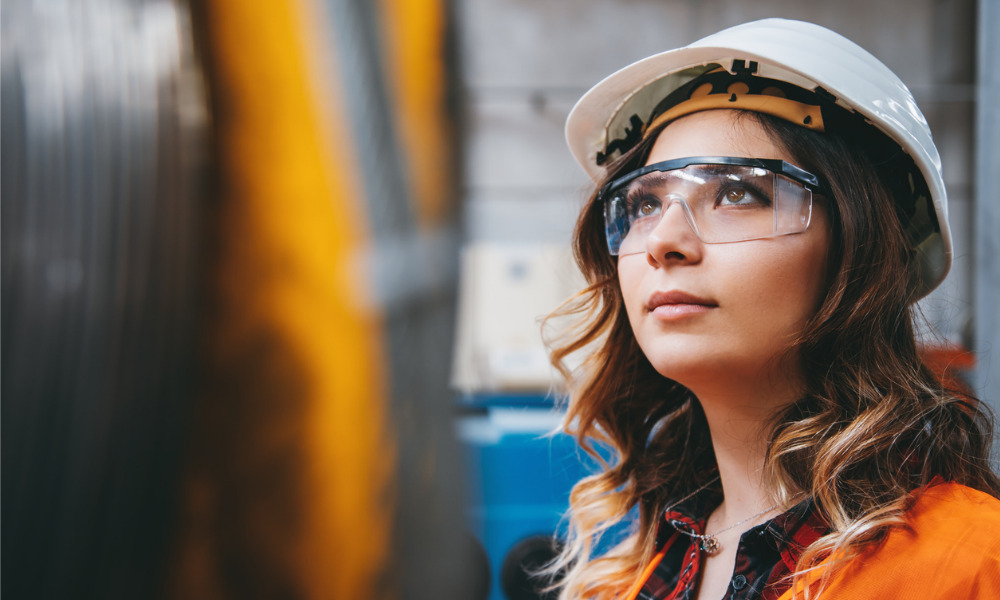With teen fighting for life after incident, safety officer tells COS why young workers must be treated differently

A 19-year-old worker in Quebec has been in critical condition since Monday after getting trapped under heavy machinery. This is just one example of a teenage worker falling prey to a workplace hazard. Young workers are more prone to being victims of workplace injuries or fatalities. Especially during the summer when teenagers and students are getting seasonal work or student jobs, workplaces need to put in place the right measures to prevent unnecessary injuries and deaths.
“The key is really training and orientation,” says Catherine Bergeron, Health and Safety Team Lead at safety consultancy Peninsula Canada. Young workers are typically defined as anyone under 25. Workplaces should identify those newer and/or young workers and make sure that they have very good training and orientation. “That’s really going to be the key to keeping them safe.” Younger workers are typically prevalent in industries such as construction, food and hospitality, and even seasonal work such as landscaping
Why is it that young workers are more likely to get hurt? Bergeron says that this is because of different reasons. Firstly, they are typically less experienced and are less used to the working environment. “They may be asked to do more dangerous jobs sometimes, because they’re young and in good shape – so they’re going to end up having the more physical work.”
In addition, younger workers may be shy and not feel like they are comfortable enough with their supervisors to ask questions. They may not be up to speed with health and safety regulations, or their rights. “You have to make sure that they are understanding their rights as a worker,” says Bergeron, “you have to make sure that you are fostering a culture where they feel comfortable asking questions.”
First of all, to keep younger workers safe, as with any workplace hazard, workplaces should do a risk assessment of the jobs that they have, so that they can identify the hazards that are in their workplace and so that “they can train their workers, educate their workers on those risks and the corrective actions.”
Bergeron says that all workplaces concerned should develop a program for young workers. For example, employers can create mentorship programs where they pair up a young worker with a more experienced worker and “assign them to a buddy that they can to for questions.”
In certain industries such as construction, young or new workers are identified by a sticker on their hard hats so that other workers can quickly identify them and keep an eye on them. “I think that there’s a huge impact on young workers when you foster that culture of everyone helping, and making sure that those young workers are working safely,” says Bergeron.
Another way that you can reinforce safety, is by testing workers and adding an additional layer of supervision. Because workers are typically shy to ask questions, employers can take the initiative to ask questions to make sure that workers have understood their tasks. “Watching them work is probably one of the most effective way to make sure that they’re doing things right.”
Lastly, Bergeron says that employers and OHS practitioners should document everything that they are doing, from training to orientation to make sure that they can prove that they are compliant and have done their due diligence.





